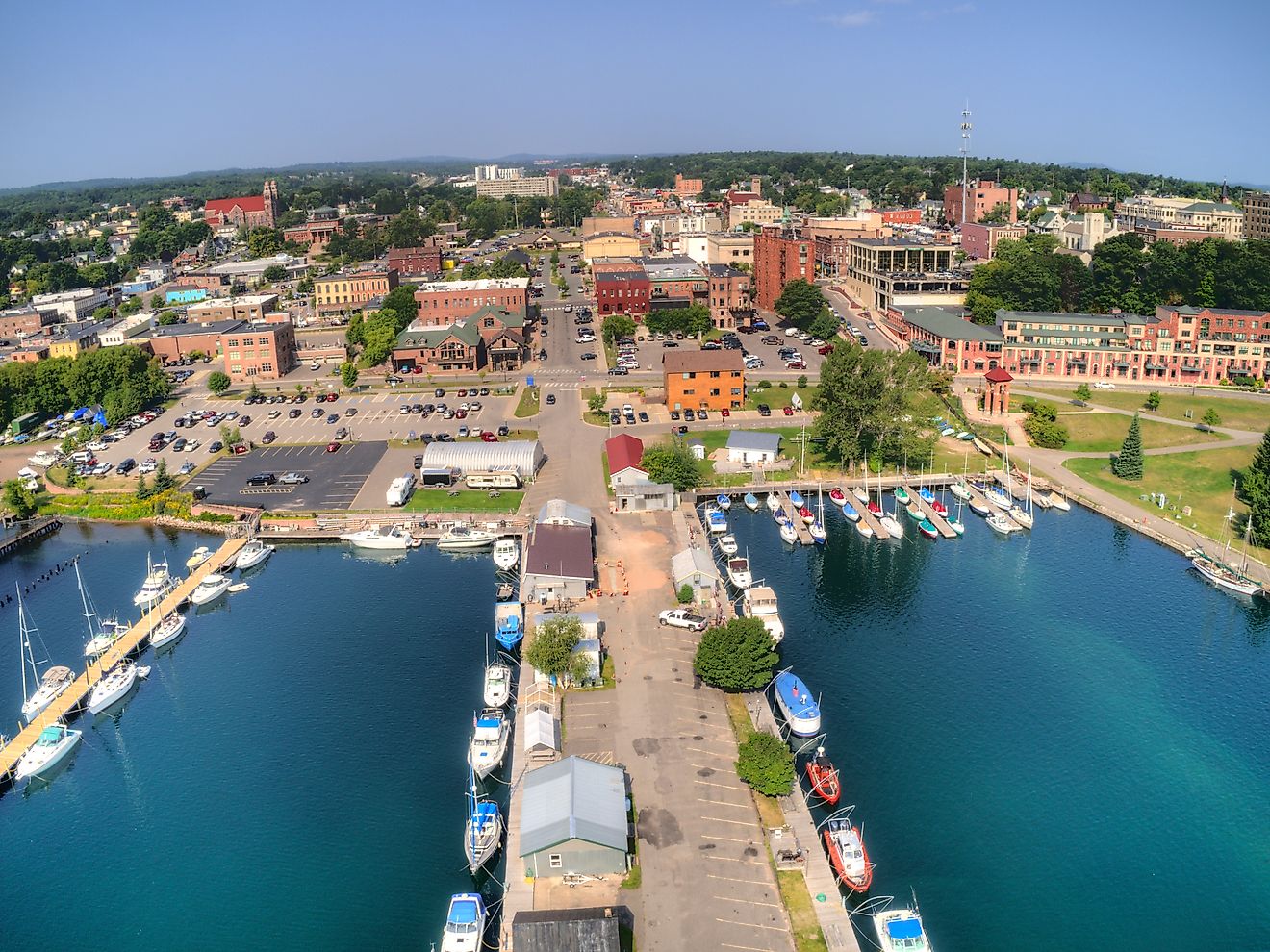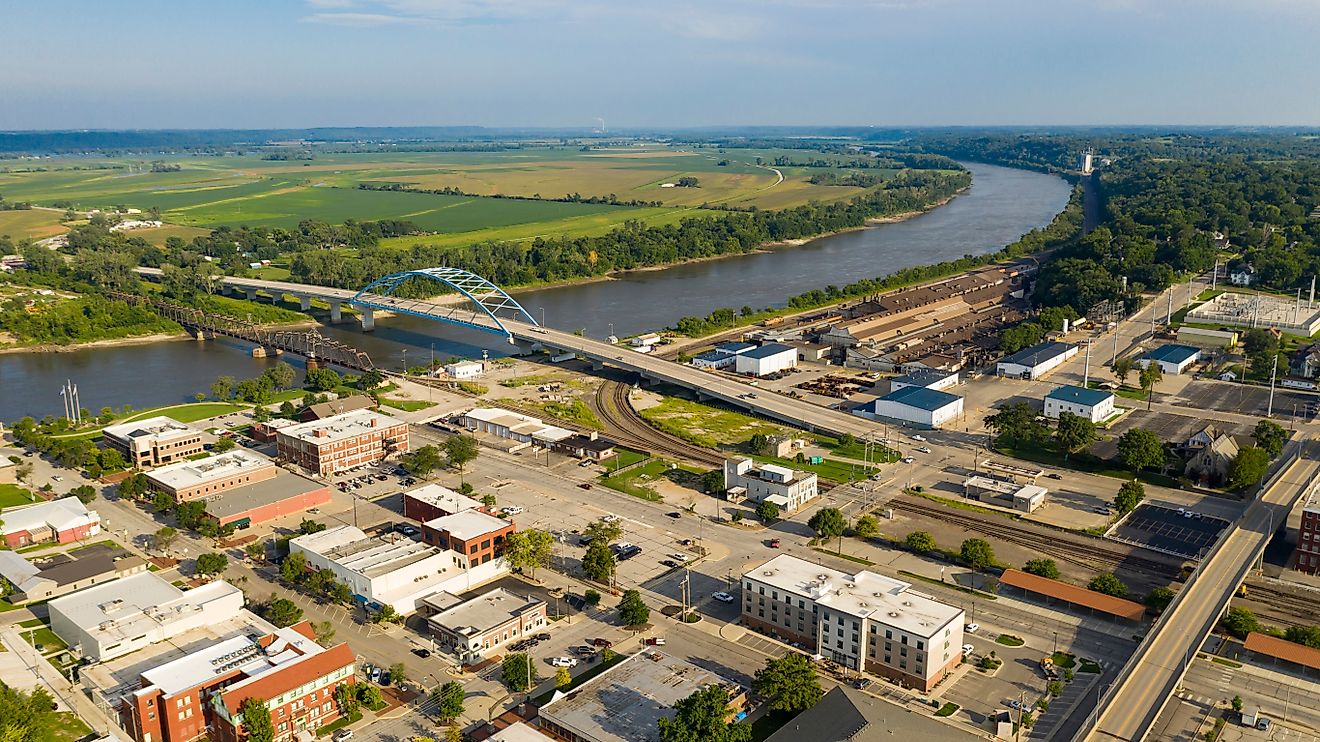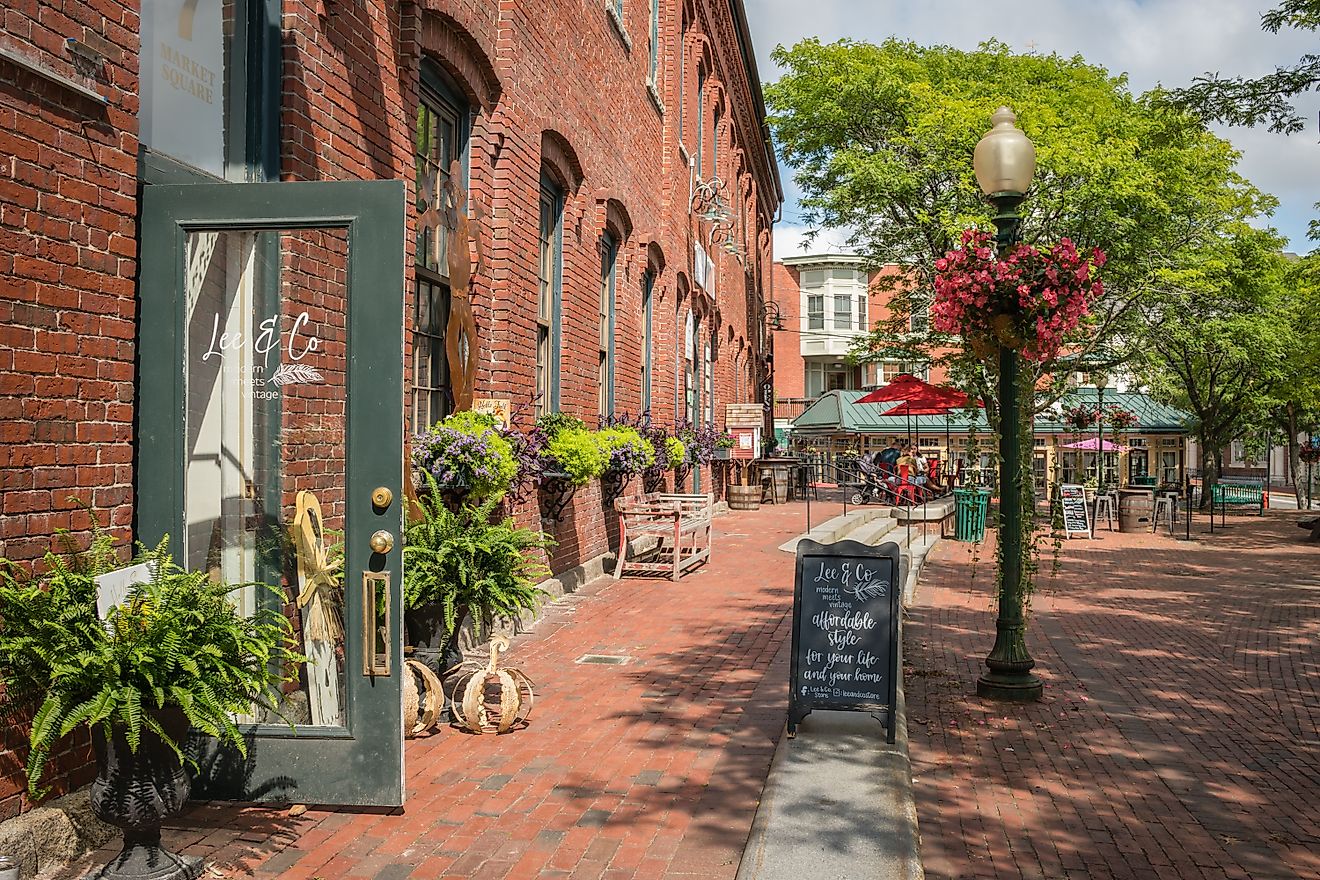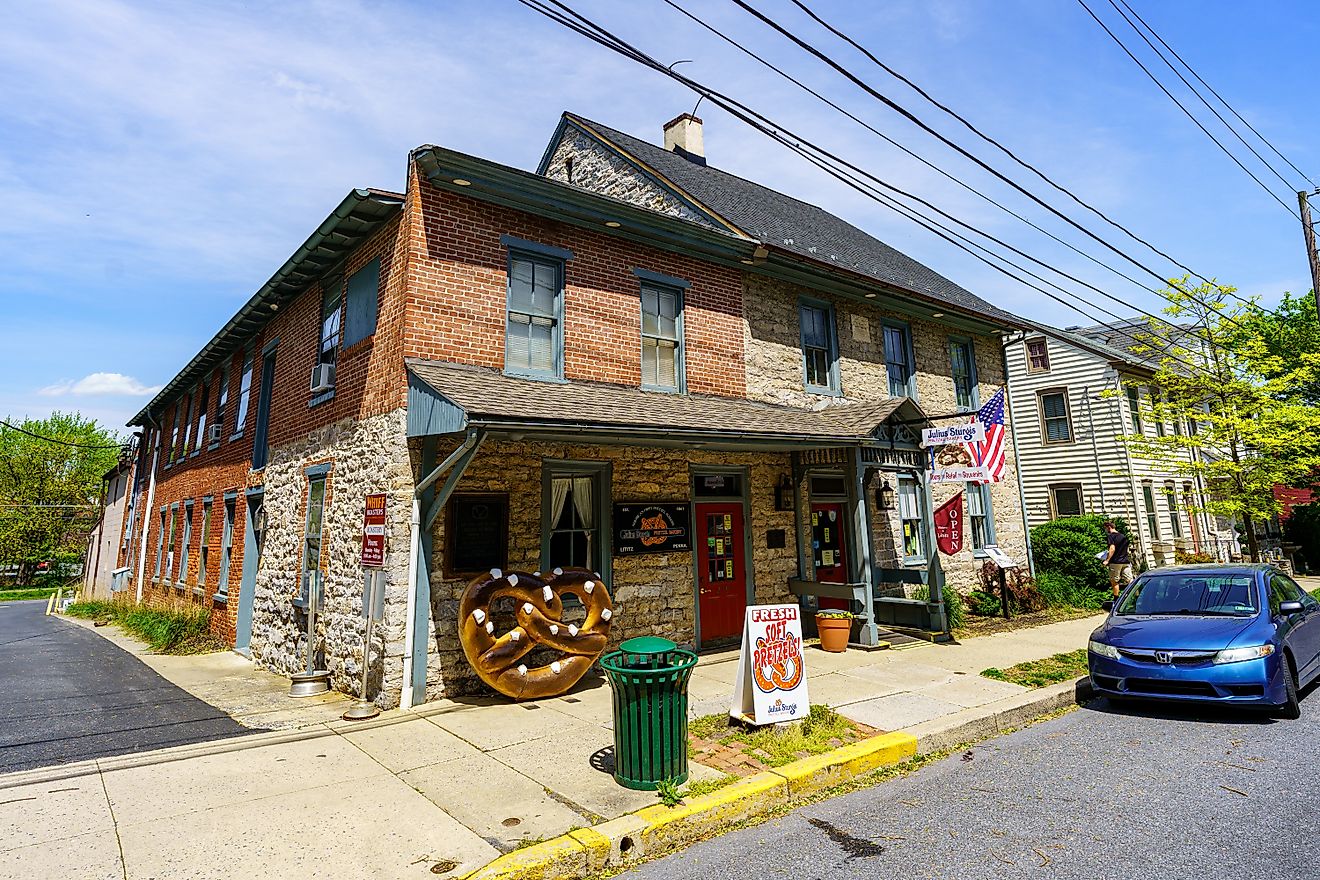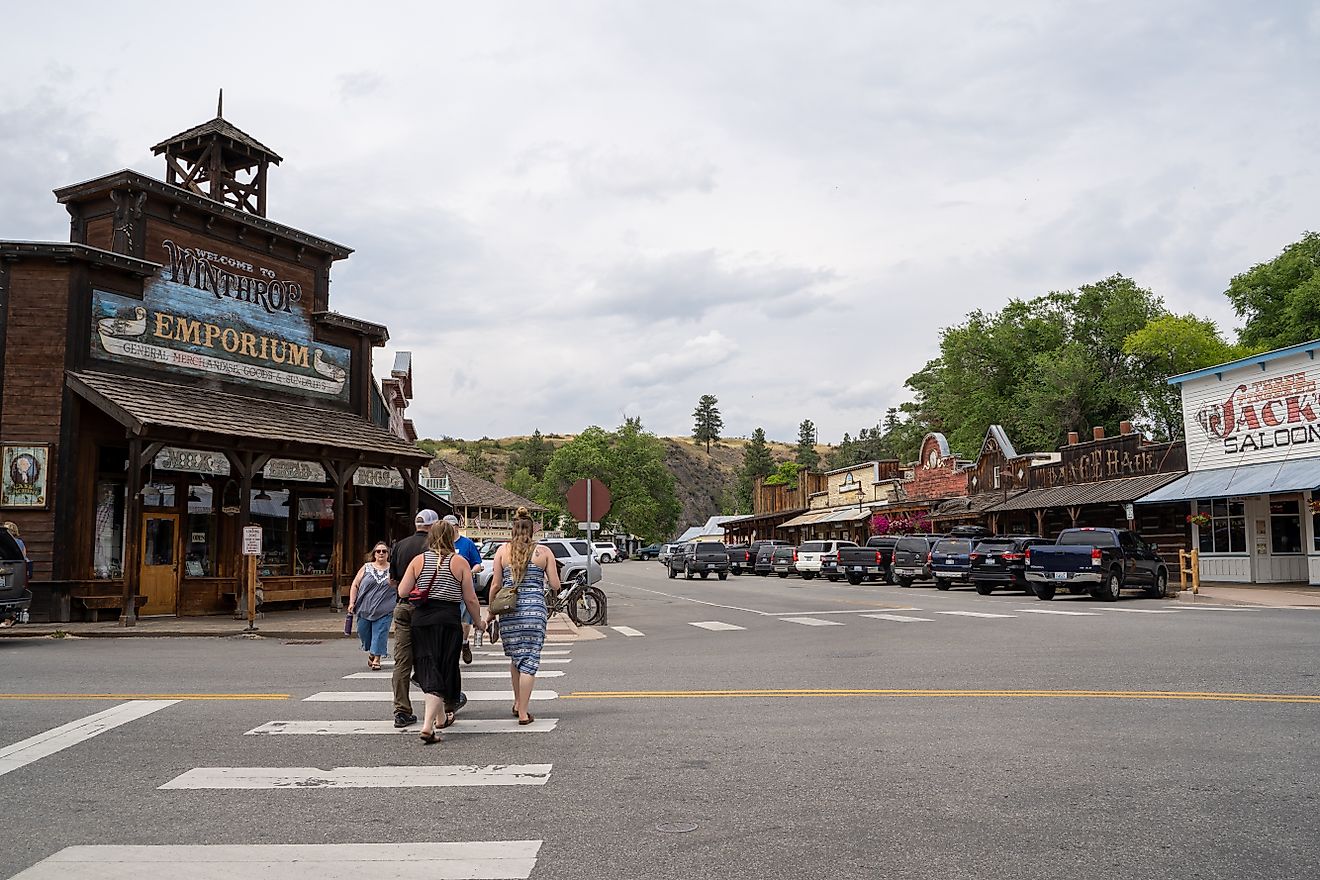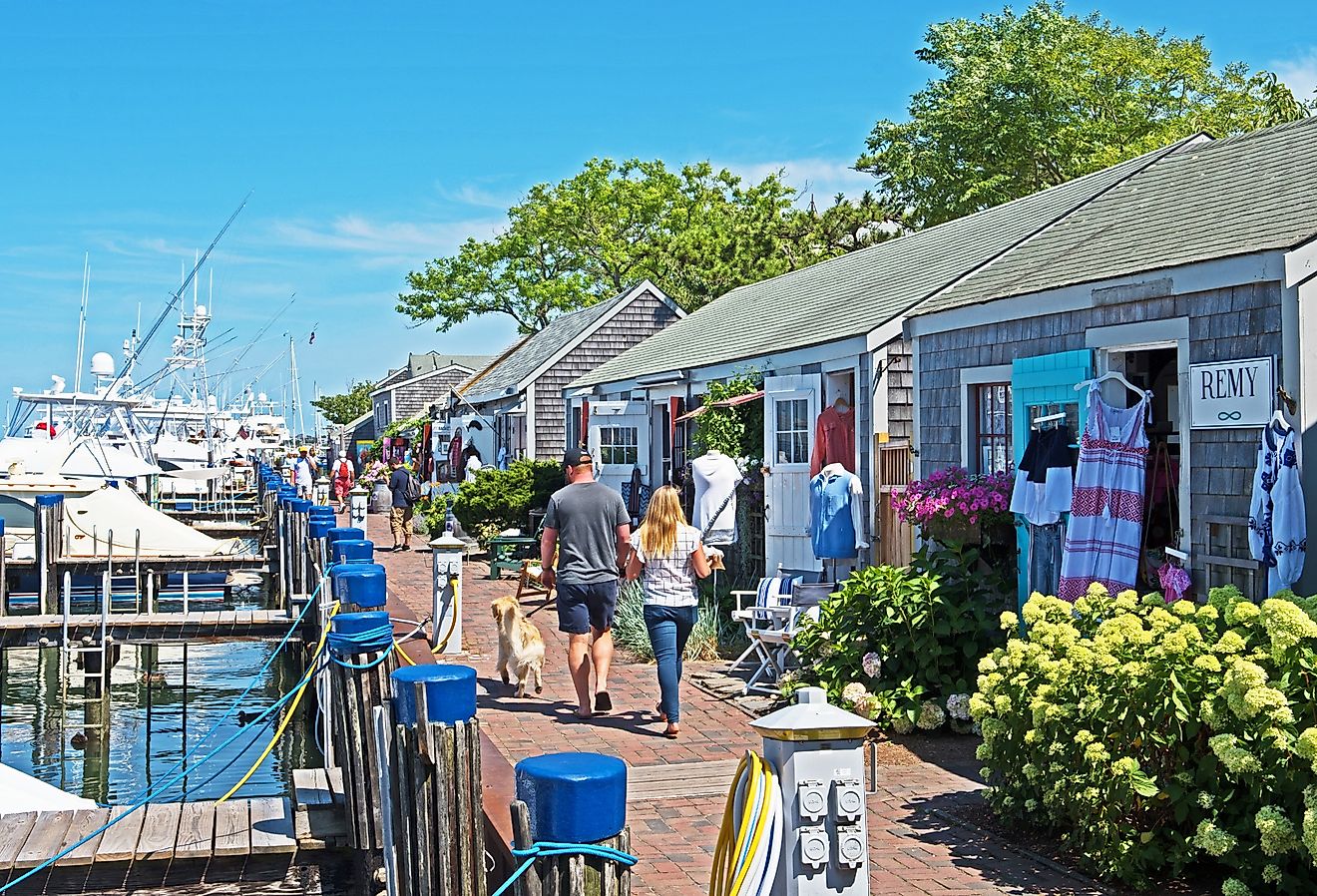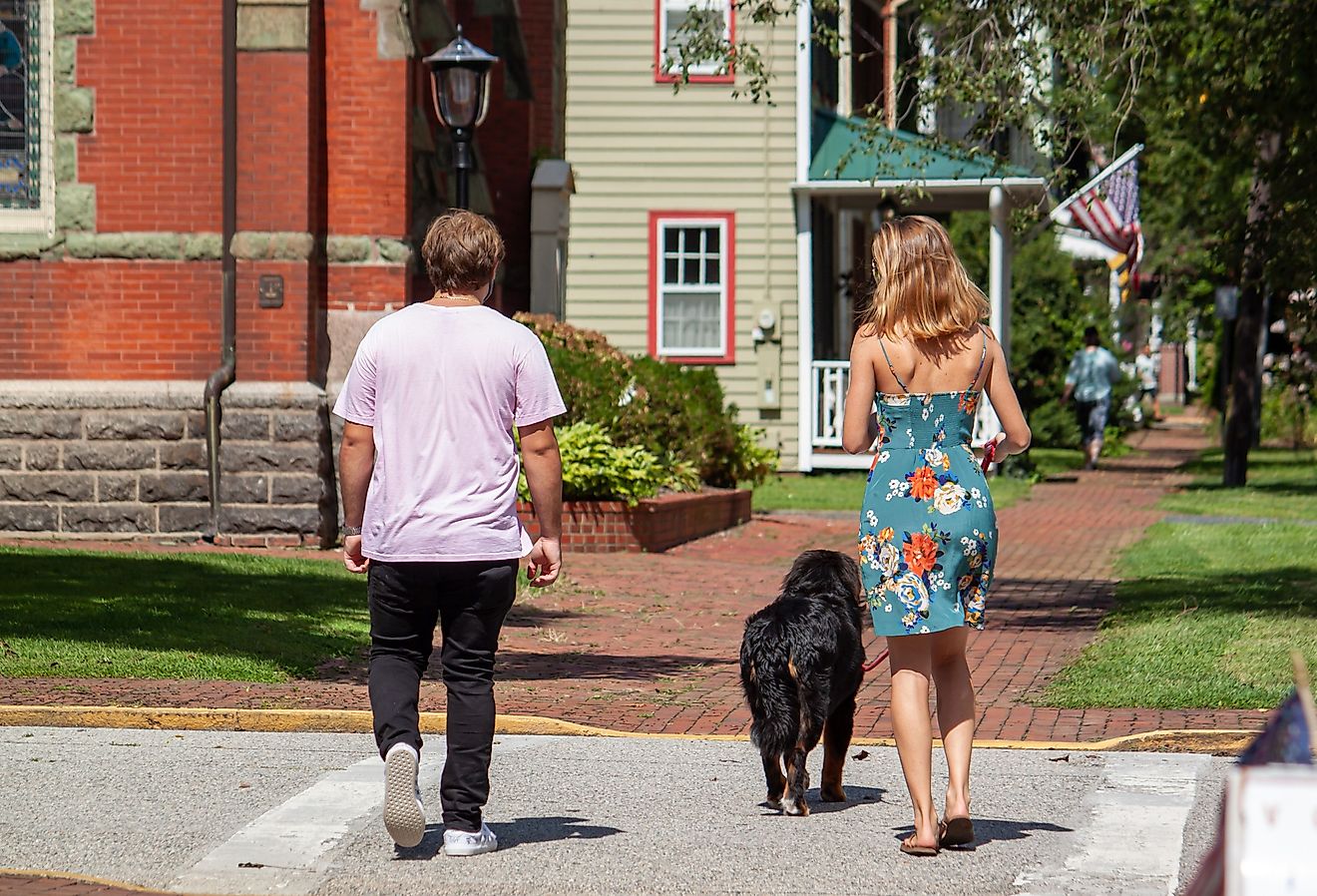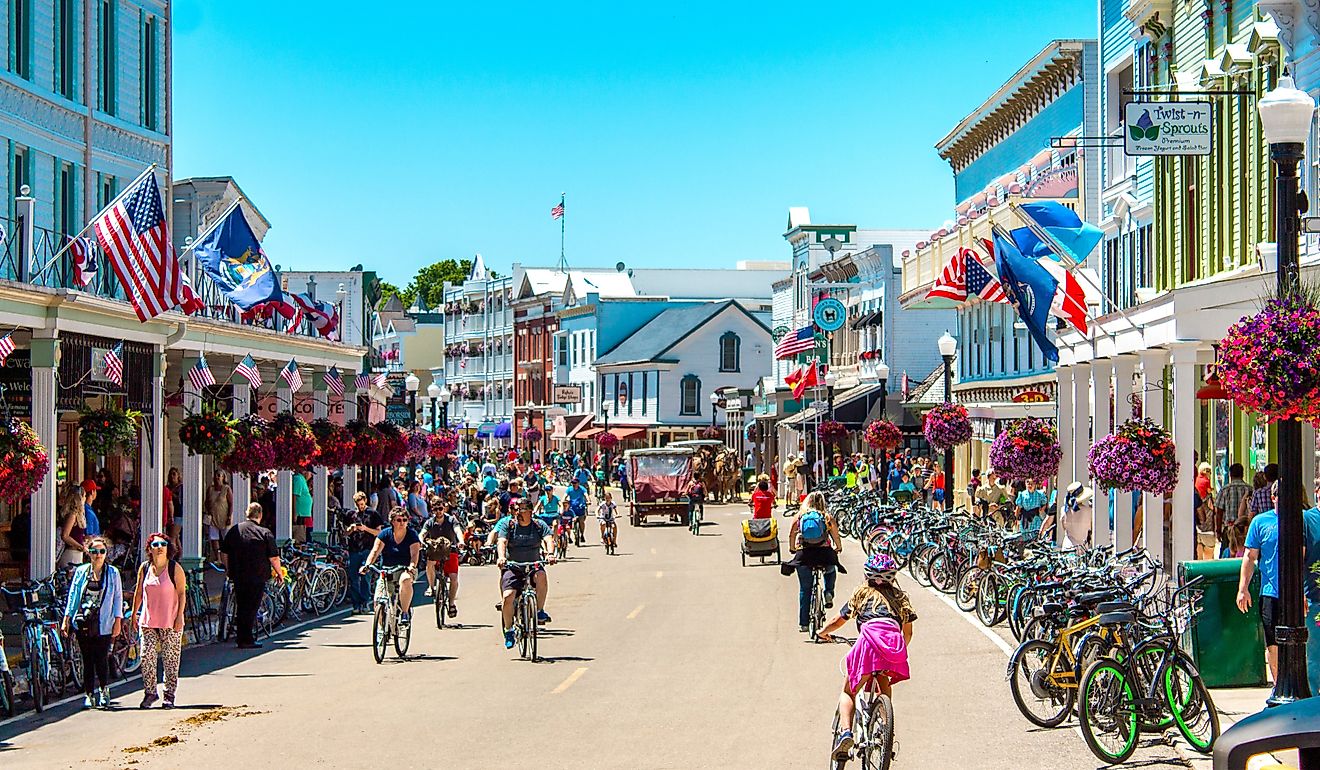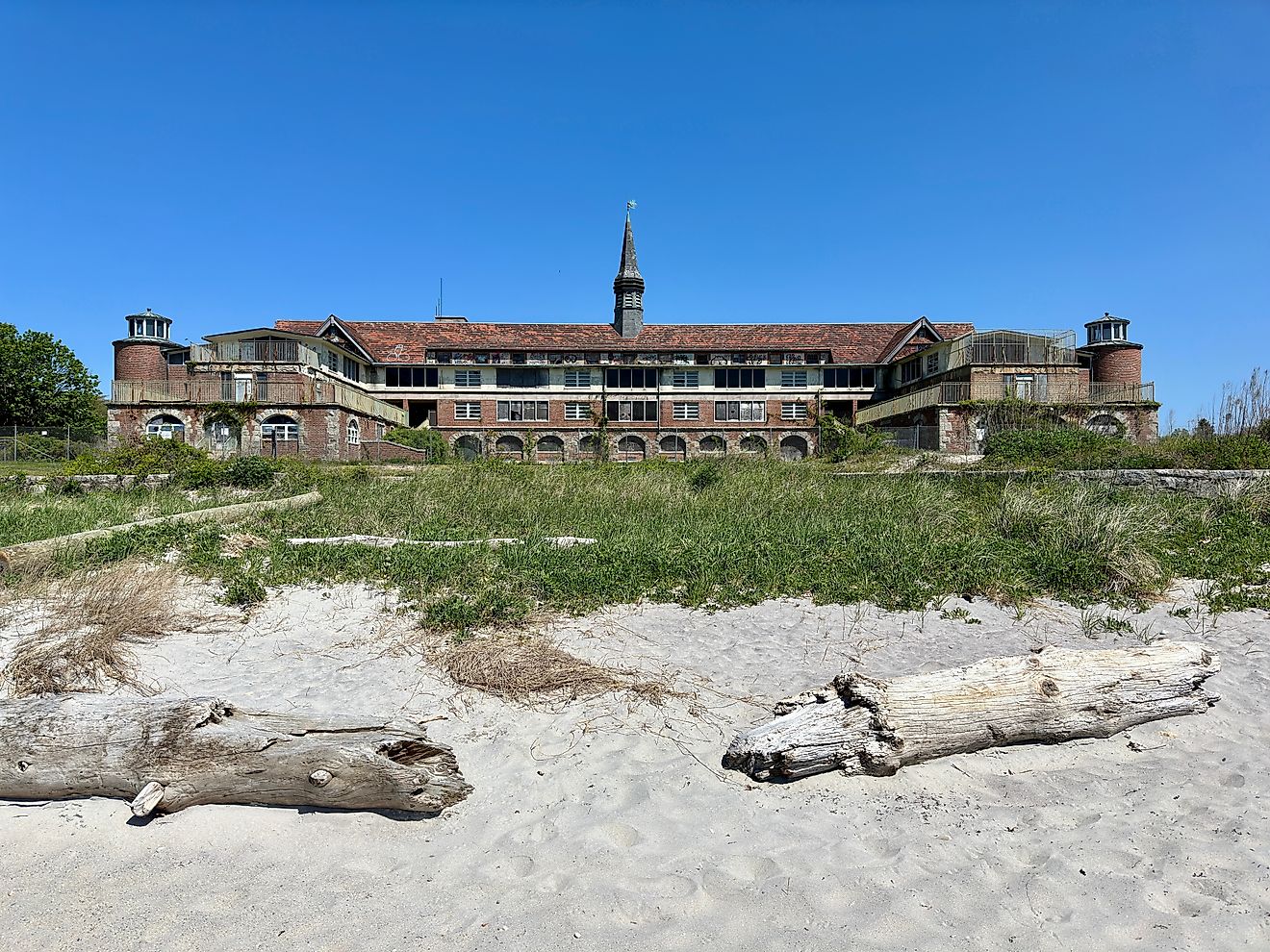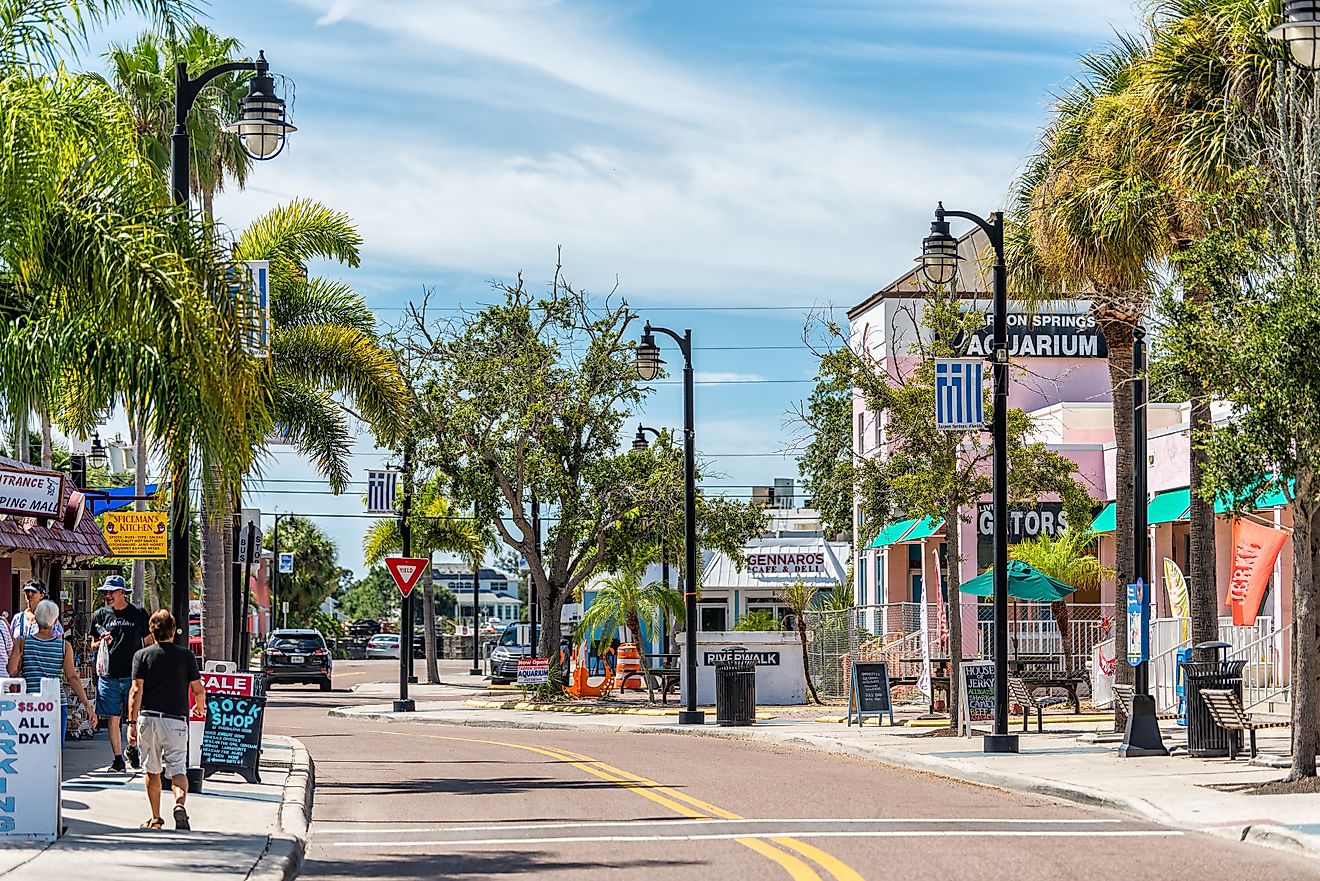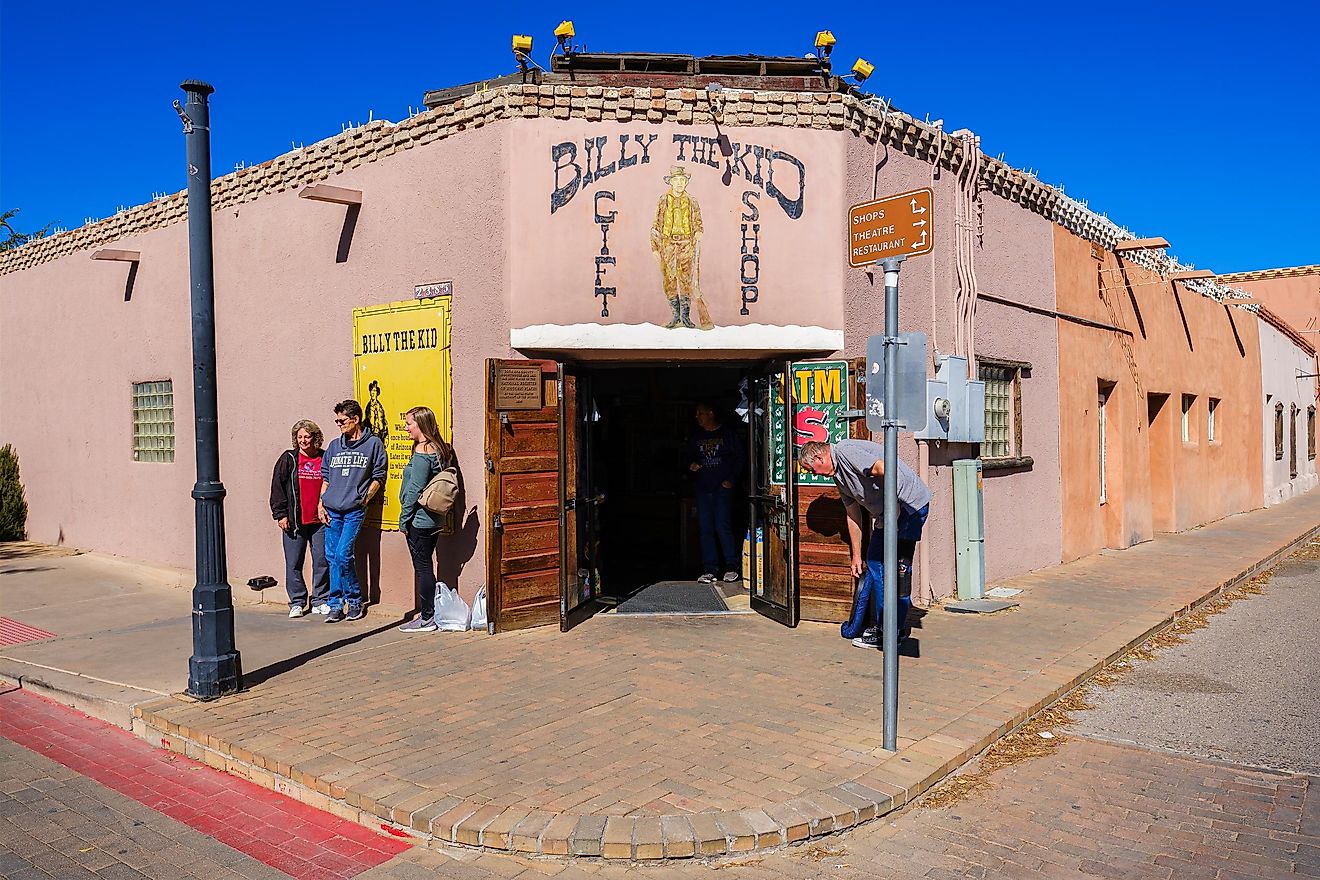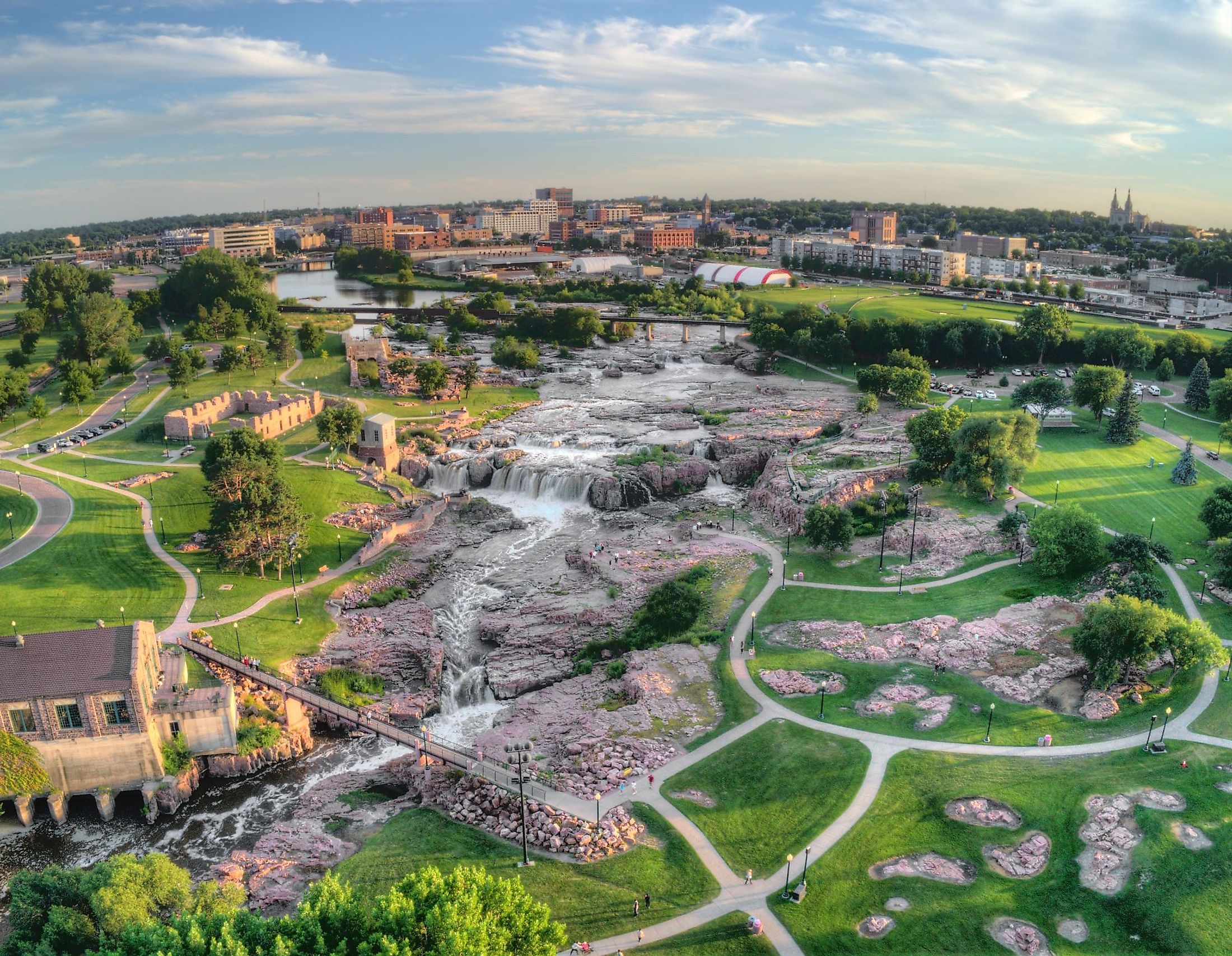
Sioux Falls
An enchanting little river town best known for its namesake bi-level waterfall, Sioux Falls will leave you in awe of its nature meets metropolis cityscape. Found weaving through the heart of downtown is the Big Sioux River, encrusted with the pink-red Sioux quartzite rock that stretches from eastern South Dakota and expands into the states of Minnesota and Iowa, accompanying the Great Plains. Nonetheless, the grassland plains that encompass the outskirts of Sioux Falls are more than tall grass fields. They were once the tribal lands of the two divisions of Lakota and Dakota Sioux Native Americans. Alas, the Great Plains also housed camps of wagons and the first pioneers who migrated across America in search of the location to build their homesteads. These pioneers founded the city of Sioux Falls in the US State of South Dakota.
Geography Of Sioux Falls
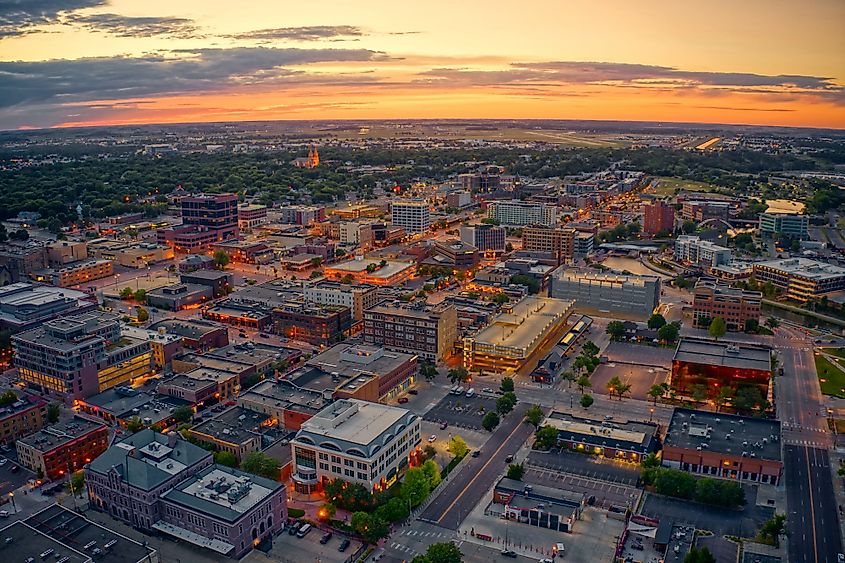
Sioux Falls is found in southeast South Dakota, near the Iowa and Minnesota borders. The Big Sioux River is a tributary to the larger Missouri River that travels through the state of South Dakota and divides it into east and west sections. Sioux Falls cover a total area of 190.29 sq. km, with only 1.32 sq. km occupied by water and 188.97 sq. km occupied by land.
The Climate Of Sioux Falls
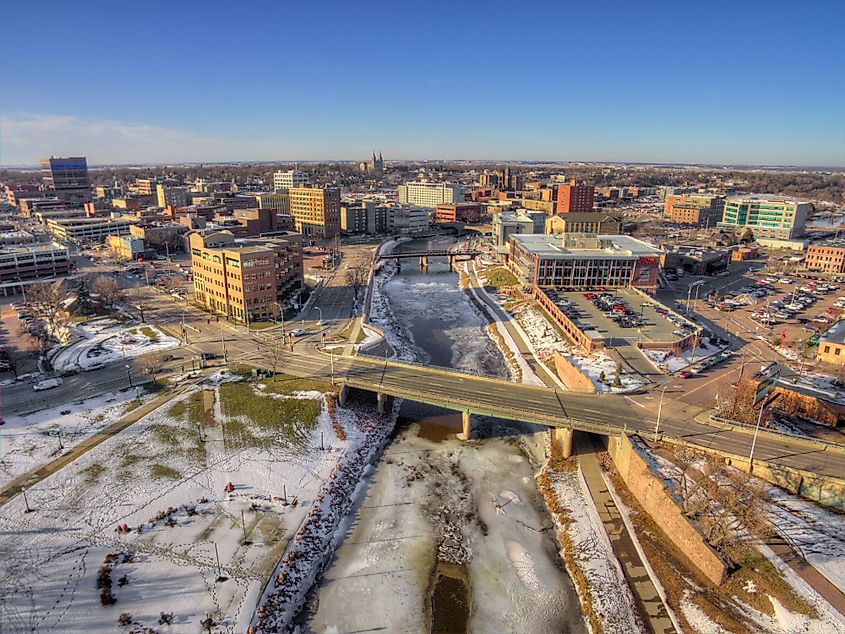
With a continental climate, Sioux Falls experiences four distinct seasons that vary from rainy springs, warm and semi-arid summers, chilly falls, and a winter that ranges from mild to severe. The spring season can see sudden large rainfalls, causing flooding on the Missouri River and Big Sioux River. Annually, Sioux Falls receives 27 inches of rain, less than the US average of 38 inches. South Dakota is a part of tornado alley, and in its history, Sioux Falls has recorded 78 tornados of F-2 or higher. On average, the state of South Dakota experiences 30 tornado events in a year. Alternatively, Sioux Falls experiences blizzards, ice storms, sleet, and white-out conditions in the winter. With an elevation of 448m, Sioux Falls frequently experiences blowing snow, with an average snowfall of 37.6 inches.
Brief History Of Sioux Falls
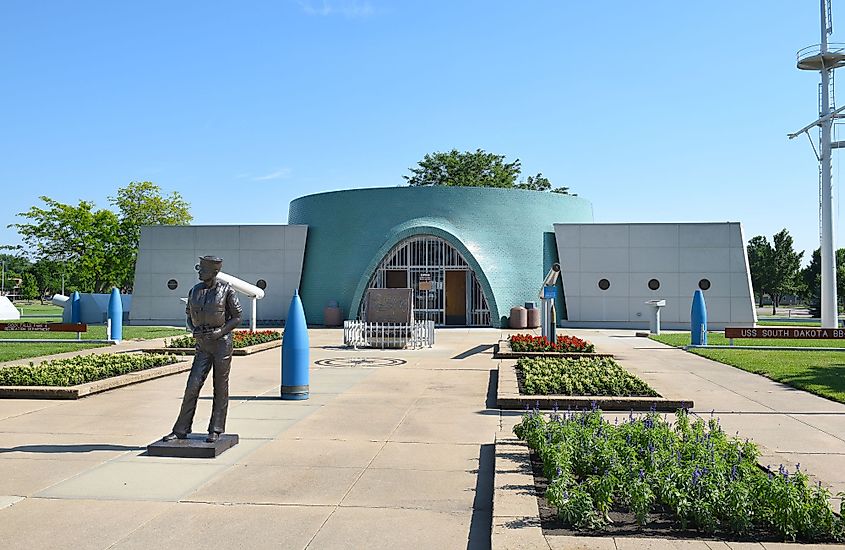
For thousands of years, the Lakota and Dakota Sioux Native Americans ruled the Great Plains, herding buffalo, hunting off the land, and relying on the Big Sioux River as a water source. However, the mid 19th century saw American and European settlers escaping poverty and searching for a better life on the Great Plains. The influx of pioneers would change the identity of the Native American way of life on the Sioux grassland plains. By 1856, land claims would be laid on the banks of Big Sioux River, with the first homesteaders making permanent roots. The name of Sioux Falls is a recognition of the Sioux Tribe of Native Americans. By 1862, Sioux Falls was at the forefront of the Dakota War, which saw conflict over land ownership from American expansion that forced the Native American people to give up hunting rights to become farmers. In 1876, Sioux Falls was incorporated. However, it wouldn't become a city until March 1889.
The Population And Economy Of Sioux Falls
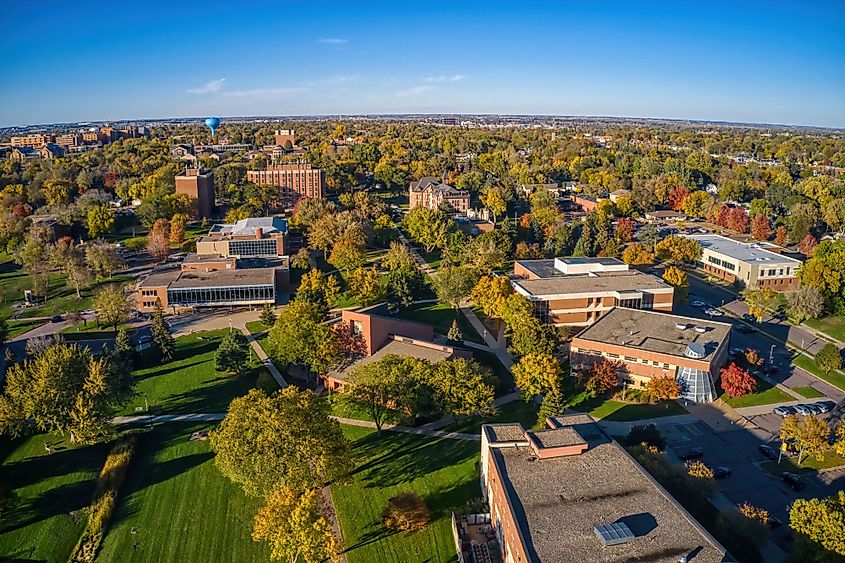
Officially, Sioux Falls sits on the county seat of Minnehehe, which also includes Lincoln County to the Iowa border. With a population of 192,517 inhabitants, Sioux Falls is the most populous city in South Dakota and comes in 131st on the list of most populated cities in the United States. A total of 30% of Sioux Falls residents live within the metropolitan area, with a median household income is $61,738. Sadly, 10.1% of Sioux Falls residents live below the poverty line, with Sioux Falls rated at 88.6 on the cost of living index. The average age of a Sioux Falls resident is 34.4 years old, with 49.3% being male and 50.7% being female. Sioux Falls has a population density of 936.28 inhabitants per sq. km.
The highest participating industrial sectors of Sioux Falls are healthcare and social assistance (18.5 %), retail trade (12.6%), and both manufacturing and financial services tying at (10.5%). Sandford Health is the city’s largest employer, with approximately 12,000 employees. Surprisingly, income tax is set at 0.0%, with the US income tax rate being 4.6%. There are six universities located in Sioux Falls, including South Dakota State University, Augustana University, etc.
Attractions In Sioux Falls
Falls Park
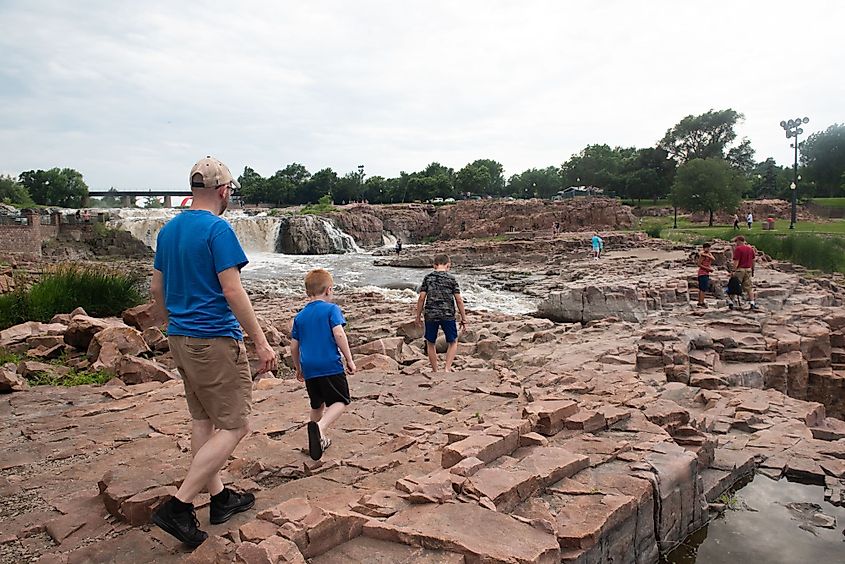
Located in the north-central part of the city, Falls Park is a green space that contains Sioux Falls, The Overlook Café, Queen Bee Mill, an observation tower, and the Stockyard Ag Experience Barn. If visiting in the summer months, the Hydroelectric Plant is open for lunch and dinner every day. The visitors can also take a stroll along the river bank and appreciate the infamous multi plateaued waterfall.
Queen Bee Mill
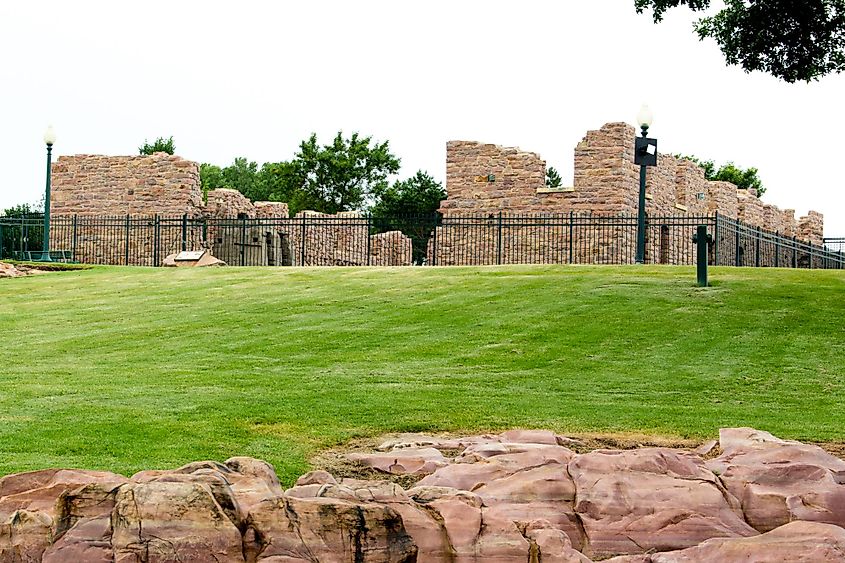
The Queen Bee Mill is listed on the US Register of Historic Places. Here one can walk through the ruins of a former 7-story mill. When it opened its doors in 1881, the Queen Bee Mill processed 1,200 barrels of grain a day. Richard F. Pettigrew thought the mill could harness the power of the Big Sioux River. In 1956 a fire destroyed the complex, leaving the ruins one can see today.
Great Plains Zoo and Delbridge Museum of Natural History
This 45-acre zoo and museum is home to approximately 150 exhibits, including zebras, giraffes, tigers, and rhinos. Focusing on education and conservation as the core of the Great Plains Zoo's message, there are 38 exhibits dedicated to endangered or critically endangered species. Annually, 40,000 visitors are welcomed through their doors. One must check out their award-winning exhibits, such as the Snow Monkey Exhibit or Fortress of the Bears.
Sioux Falls is more than the reddish-pink stone waterfall you see in the metropolis today. It has a deep heritage belonging to the people of the Sioux Tribe of Americans, who used the Big Sioux River as a water source on the vast grassland plains. It's the marker of many historic buildings that stand as a part of the tales of the first homesteading pioneers. This charming city is more than the grassland plains and the Big Sioux River that winds through, it's the history that made Sioux Falls what you see today.
